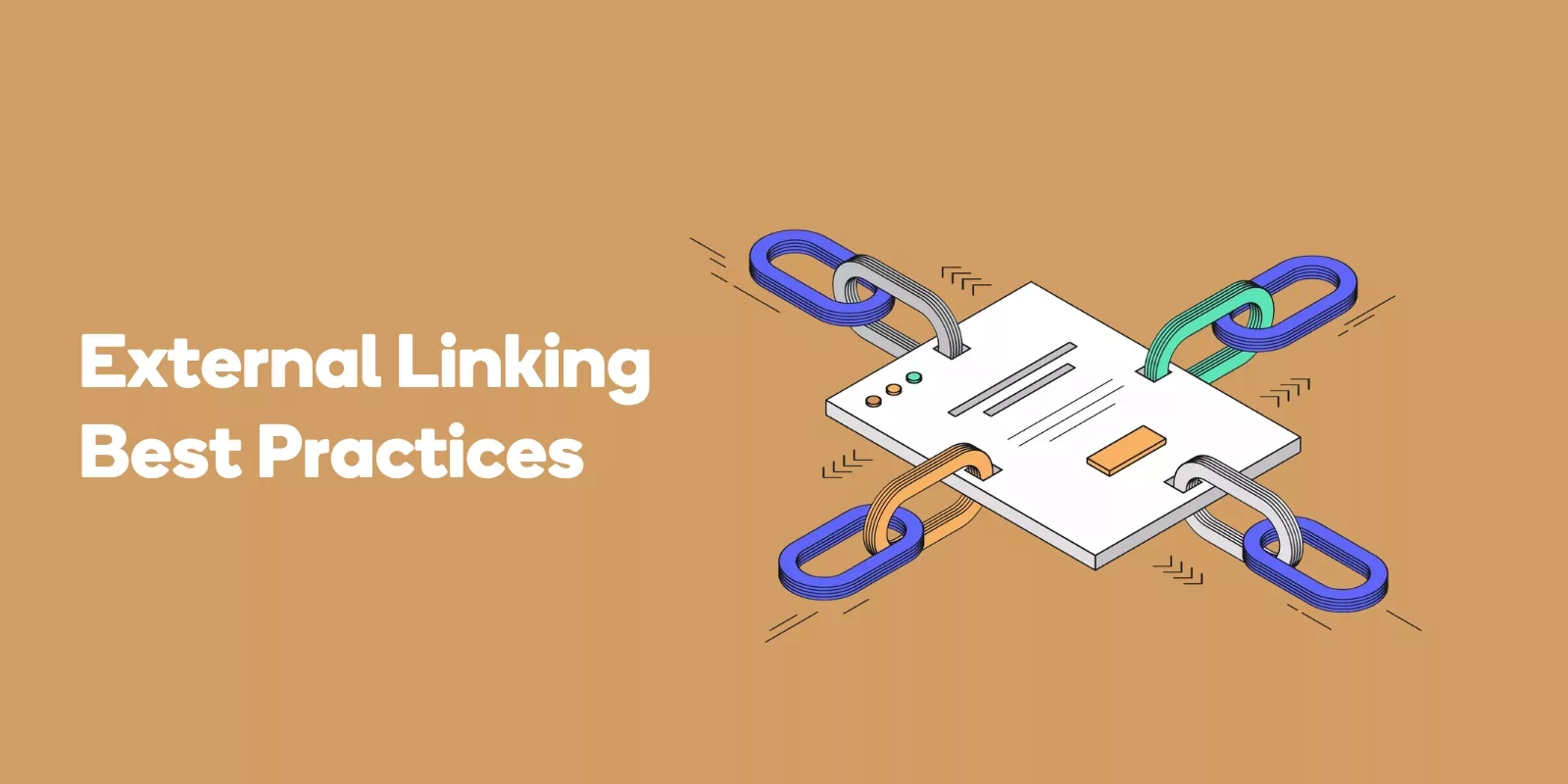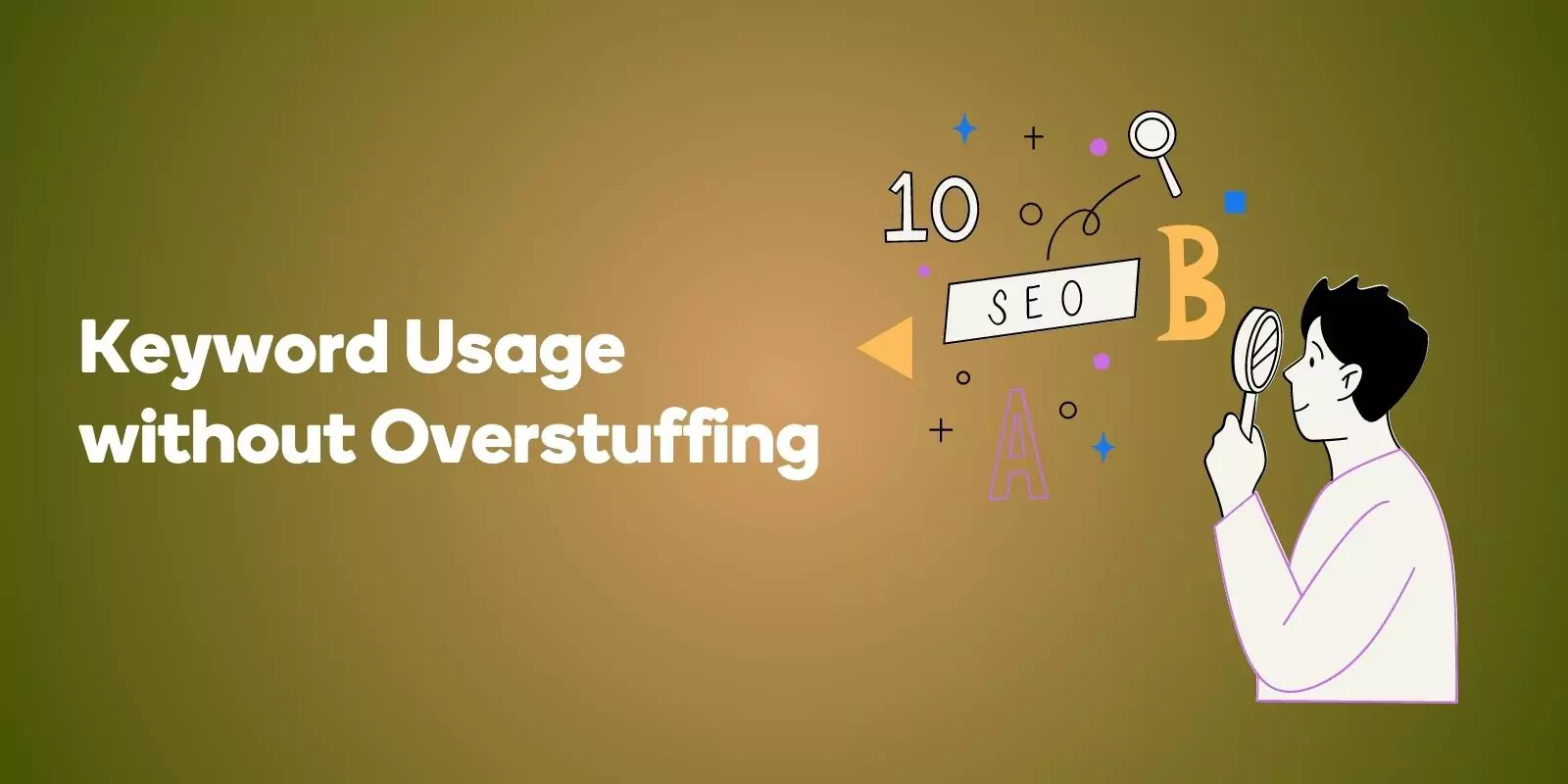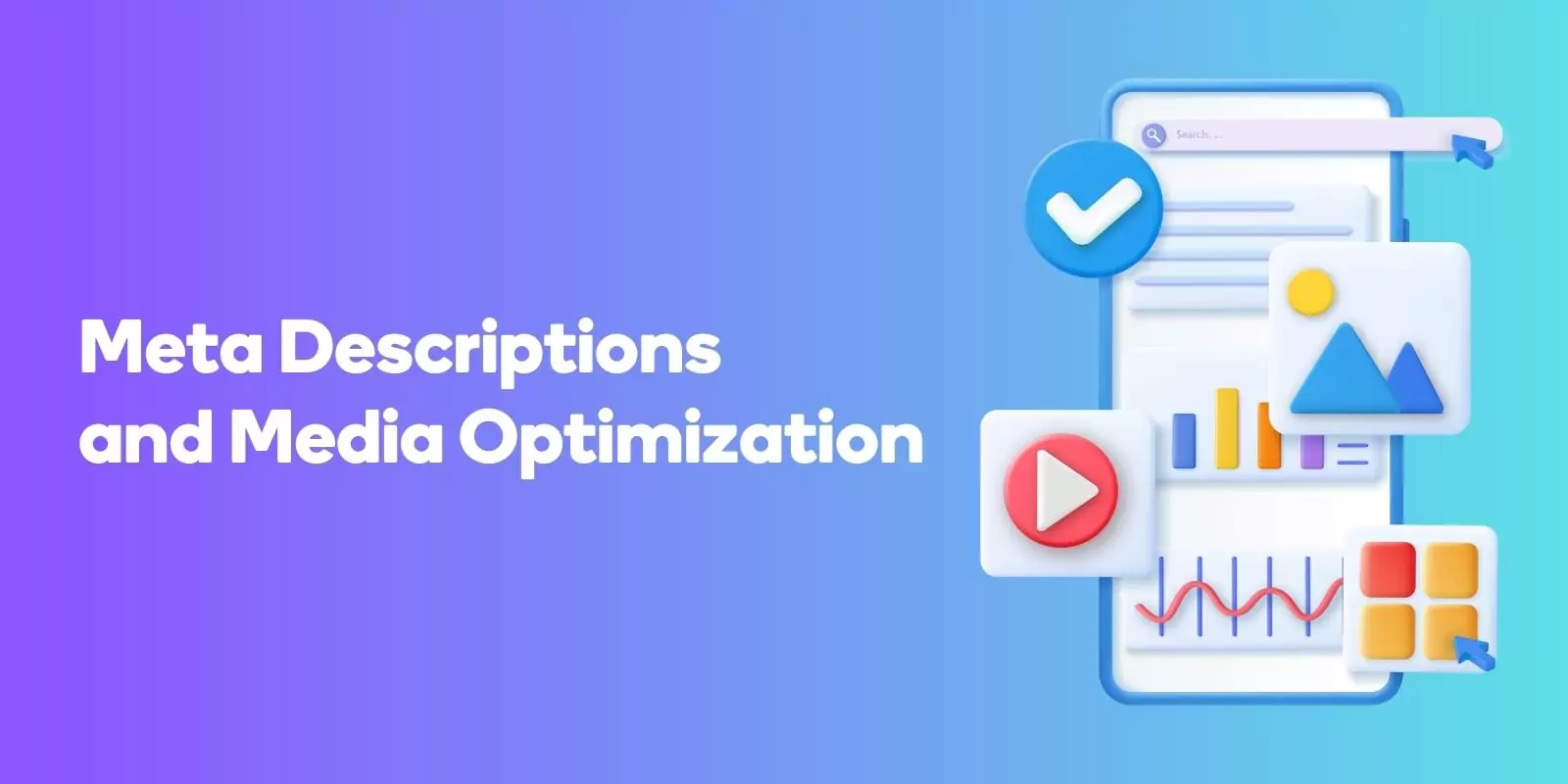In today’s digital landscape, optimizing your blog content for search engines is crucial for attracting and retaining your target audience.
But fear not, as we have compiled a comprehensive, “Writing SEO Friendly Blog Posts: A Step by Step Guide” to help you create blog posts that not only captivate your readers but also rank higher on search engines.
By following these proven strategies, you’ll be well on your way to crafting engaging content that drives organic traffic and boosts your online visibility.
Understanding SEO and Its Importance for Blog Posts
Search Engine Optimization (SEO) is the process of creating and publishing content with the intention of achieving a higher ranking on search engine results pages (SERPs).
In the world of blogging, optimizing your content for SEO is essential for increasing organic traffic and improving your search engine rankings.
With 93% of all online experiences beginning with a search engine and Google processing over 3.5 billion searches daily, having an SEO-friendly blog post is no longer an option, but a necessity.
Achieving first-page ranking in search engine results is the ultimate goal of SEO writing.
To create such content, it is important to address the most common questions on your subject from your audience’s perspective, provide more comprehensive and detailed information than what is currently ranking in google’s search results for your target keyword, and optimize your content according to SEO best practices.
Let’s dive deeper into the world of SEO and explore the role of keywords and search intent in crafting captivating blog posts.
The Role of Keywords
Keywords play a pivotal role in SEO and website marketing. They are the words and phrases that searchers use to find content on search engines, and they help search engines comprehend the content of a webpage and match it with relevant search queries.
By using relevant keywords in your content, you are signaling to search engines that your content is valuable and should be ranked higher in the search results.
However, it’s not just about picking any keywords and stuffing them into your content. Proper keyword research is crucial to identify which keywords are relevant to your blog post’s topic and target audience.
Incorporating these keywords in a natural and meaningful way will not only improve your content’s readability, but also contribute to a better search engine ranking.
Search Intent and User Experience
Understanding search intent is a vital aspect of creating SEO-friendly content. Search intent refers to the motivation behind a user’s search query, and by comprehending it, you can create content that aligns with the user’s expectations. This, in turn, provides a positive user experience, which is an essential factor for SEO success.
To determine search intent for a specific keyword, start by searching the keyword in a private or incognito window to gain the most accurate results.
Analyze the top-ranking results to identify the type of content that Google prefers to rank for that particular keyword. By crafting content that matches search intent, you not only cater to your audience’s needs, but also improve your chances of ranking higher on search engine results pages.
Keyword Research and Selection
Now that we understand the importance of SEO and its key components, let’s delve into the process of conducting keyword research and selecting the right keywords for your blog posts.
Keyword research is critical for identifying suitable primary and secondary keywords for your content. By choosing relevant keywords, you can provide direction for your content, potentially leading to higher rankings for other related keywords.
When selecting keywords for your content, it is essential to consider their relevance to your content and target audience, as well as refraining from targeting irrelevant keywords.
Long-tail keywords, which are more precise search terms with lower search volumes but higher conversion rates, can also prove valuable in your keyword selection process.
Let’s explore some strategies for analyzing competitors and identifying the best keyword research tools.
Analyzing Competitors and Trends
One effective strategy for identifying suitable keywords is researching your competitors and examining the latest trends in your industry.
By analyzing the top-ranking content for your target keywords, you can gain insights into the keywords that are relevant to your target audience and identify potential content gaps that your new blog post can fill.
Using tools like Semrush’s Organic Research tool, you can access a competitor’s top-ranking keywords and associated pages. This information will help you identify potential keyword opportunities and craft content that not only ranks higher but also provides value to your audience.

Award-Winning
Sales Funnel & Website Expert
Discover How My Agency Can Grow Your Business
- Website: Our websites are the perfect blend of form and function.
- Sales Funnel: We build sales funnels that turn leads into customers.
- SEO: Get found online with our expert SEO services.
Tools for Keyword Research
There are various other keyword research tool available to help you in your quest for the perfect keywords.
One such tool is Semrush’s Keyword Magic Tool, which offers multiple methods for locating secondary keywords, including browsing categories, selecting the “Questions” button, and clicking the “Related” button.
Another useful tool is LSIGraph, a free resource designed to assist with finding related keywords to your target keyword.
By utilizing these tools and others, you can identify the most relevant and high-performing keywords for your blog posts, ensuring that your content ranks higher and resonates with your target audience.
Crafting an SEO-Optimized Blog Post Structure
Now that you have a list of target keywords and an understanding of search intent, it’s time to focus on crafting an SEO-optimized blog post structure. An effective blog post structure is crucial for enhancing readability, mobile-friendliness, and search engine performance.
By incorporating key components such as title and URL optimization, proper use of headings, and short paragraphs and formatting, you can create content that not only ranks higher but also keeps readers engaged.
Let’s explore each of these components in detail and learn how to optimize your blog post structure for maximum SEO impact and reader satisfaction.
Title and URL Optimization
Creating effective titles and URLs is an essential aspect of crafting SEO-friendly blog posts. Your title should include your target keyword and be both informative and captivating to entice users to click the link and visit your blog.
Similarly, optimizing your URL with target keywords helps search engines understand your content better and improves your chances of ranking higher in search results.
In addition to incorporating target keywords, you can also use power words to make your own title tag and URL even more engaging.
Power words are persuasive, emotion-evoking words that encourage readers to take action. By combining target keywords with power words, you not only improve your content’s SEO, but also make it more appealing to your audience.
Proper Use of Headings
Headings play a crucial role in SEO writing, as they help attract user attention and enhance page readability.
They also enable Google to comprehend the content on your page and allow users to quickly scan webpages for relevant information.
Employing a hierarchical structure for your headings (H1, H2, H3) ensures that your content is organized and easily digestible.
To optimize search volume for your headings, use descriptive and succinct language, and make sure to include your primary keyword when appropriate. This not only helps search engines understand your content better, but also makes it easier for your readers to find the information they’re looking for.
Short Paragraphs and Formatting
Short paragraphs and proper formatting are essential for improved readability and mobile-friendliness. Keeping paragraphs to 100 words or less, focusing on only one idea per paragraph, and incorporating transition words can significantly enhance the user experience.
In addition to short paragraphs, consider using images, videos, bullet points, and numbered lists to break up your content and make it more visually appealing.
Proper formatting not only makes your content more engaging, but also ensures it is easily accessible across various devices, including smartphones and tablets.
Enhancing Your Blog Post with Links
Incorporating both internal and external links in your blog post can significantly improve your SEO performance. Internal links connect one page on your website to another page on the same website, thereby enhancing the user experience and providing a logical navigation structure.
On the other hand, external links point to relevant and authoritative websites, boosting your content’s credibility and providing additional resources for your readers.
Let’s delve deeper into the best practices for internal and external linking and learn how to effectively use links to optimize your blog post for search engines and readers alike.
Internal Linking Strategies
Effectively using internal links in your blog post can improve site navigation and connect related content for your readers. To optimize your internal linking strategy, use relevant anchor text, link to high-quality, related content, and avoid adding too many links.
For example, if you have a blog post about SEO, you might include internal links to other posts on your website that delve into specific aspects of SEO, such as keyword research or on-page optimization.
This not only enhances the user experience, but also helps search engines understand your content’s topical authority.
External Linking Best Practices
External links can help boost your content’s credibility and provide additional resources for your readers. When incorporating external links, ensure that they are relevant to your content, sourced from reliable sources, and contain accurate anchor text.
Maintaining an appropriate ratio of internal and external links is also crucial to ensure your readers receive the most relevant information and that your content is not overly dependent on external sources.
By carefully selecting and incorporating external links, you can improve your blog post’s SEO performance and provide valuable insights for your readers.
Keyword Usage without Overstuffing
While incorporating keywords into your blog post is essential for SEO, it’s crucial to strike a balance and avoid keyword stuffing.
Keyword stuffing is the practice of adding keywords to your text without considering natural language flow or readability, which can have a detrimental effect on your search engine rankings and user experience.
To ensure your content remains readable and engaging, focus on using target and related keywords naturally and only when appropriate.
Let’s explore some strategies for using variations and synonyms of your target keywords, as well as understanding the role of Latent Semantic Indexing (LSI) in keyword usage.
Variations and Synonyms
Incorporating variations and synonyms of your target keywords can help maintain readability and avoid repetition in your blog post titles. Variations involve slight changes to the main keyword, while synonyms are entirely different words that have the same meaning.
Using variations and synonyms strategically throughout your content not only keeps your writing engaging and reader-friendly, but also provides additional opportunities to include relevant keywords without resorting to keyword stuffing. This ensures your content remains both SEO-friendly and enjoyable for your audience.
Latent Semantic Indexing (LSI)
Latent semantic indexing (LSI) is a mathematical technique used to classify and retrieve information by analyzing the relationships between words and phrases in a given content. It detects patterns in the co-occurrences of words that appear together, providing insights into the topics and related keywords of those words and documents.
By understanding and utilizing LSI, you can identify related keywords for your blog post and optimize your content accordingly. This not only contributes to a better search engine ranking, but also ensures that your content remains relevant and engaging to your readers.
Optimizing Blog Post Length and Depth
When it comes to creating SEO-friendly blog posts, it’s essential to strike a balance between the length and depth of your content.
While longer blog posts are more likely to receive links and rank higher on search engine results pages, it’s important to focus on the quality of your content rather than just its quantity.
By analyzing your competitors’ content and identifying gaps in your industry, you can craft blog posts that not only rank higher but also provide value to your audience.
Let’s delve deeper into competitor analysis and the importance of regular updates and content refreshes for maintaining an engaging and SEO-friendly blog.
Competitor Analysis
Conducting an SEO competitor analysis can provide valuable insights into the ideal SEO blog posts, post length and depth for your target keywords.
By researching your competitors and examining their top-ranking content, you can identify potential opportunities for your own blog posts and craft content that not only ranks higher but also caters to your audience’s needs.
Using tools like Semrush’s Organic Research tool, you can access your competitors’ top-ranking keywords and associated pages, helping you craft blog posts that not only rank higher but also provide value to your audience.
Regular Updates and Content Refreshes
Keeping your content up-to-date and relevant is crucial for its freshness and relevance, and can build customer trustworthiness and enhance SEO.
Regularly updating and refreshing your content ensures that your website remains current and engaging to your audience.
Some recommended practices for updating your content include adding value to the content, providing comprehensive coverage of the topic, and seeking opportunities to make the content more engaging.
By maintaining a consistent schedule of updates and content refreshes, you can ensure your blog posts remain relevant and engaging for your audience, while also boosting your SEO performance.
Meta Descriptions and Media Optimization
Optimizing meta descriptions and media elements, such as images, is an essential aspect of creating SEO-friendly blog posts.
A well-crafted meta description can entice users to click on your link in search results, while properly optimized images can enhance the quality of your content and make it more engaging to read.
Let’s explore some best practices for crafting compelling meta descriptions and optimizing images for improved SEO performance.
Crafting Compelling Meta Descriptions
A meta description is an HTML tag that provides a brief overview of a webpage’s content, and can influence a user’s decision to click on a page.
When crafting a meta description, it’s important to include your target keyword and ensure it is both informative and engaging. This not only helps search engines understand your content better, but also makes it more appealing to your audience.
To create an effective meta description, consider the search intent behind your target keyword and convey the value your content provides to the reader. By doing so, you’ll encourage users to click on your link and visit your blog, ultimately boosting your search engine rankings.
Image Optimization Techniques
Optimizing images for SEO involves using descriptive file names, user-friendly ALT text, and selecting the right file format and size. Properly optimized images not only enhance the visual appeal of your content, but also improve its performance on search engines and mobile devices.
In addition to choosing the right file format and size, consider incorporating your main keyword into the image’s file name and ALT text.
This not only helps search engines understand the content of your image, but also provides additional opportunities to include relevant keywords in your blog post.
Frequently Asked Questions
How do I structure my blog post for SEO?
To structure your blog post for SEO, start by researching relevant keywords and phrases from google search first. Incorporate them into your post title and content.
Use clear headlines and subheadings to improve readability, and create links both to other blog posts on your website and to external sources.
Lastly, write a meta description that captures the reader’s attention and encourages clicks.
How do you write a SEO article step by step?
Steps to writing a SEO article include:
- Research your topic, including relevant keywords and phrases.
- Write an attention-grabbing headline that uses those keywords.
- Create content that is clear, concise and well-structured.
- Include internal and external links to provide more context to the topic.
- Optimize meta description tags with relevant keywords and phrases.
- Add images or videos to enhance the visual experience.
- Utilize social media platforms to promote the article.
How do I create a SEO friendly content structure?
To create a SEO friendly content structure, make sure to include relevant keywords, use headlines and sub-headers, add links to previous content, optimize the length of the article, optimize images, make the content shareable, and prioritize high-quality inbound and outbound links.
Additionally, it’s important to understand search engine ranking factors and identify search intent.
What are the 6 steps to create a SEO friendly page?
Creating an SEO Friendly Website doesn’t have to be daunting, as these 6 steps can lead you in the right direction. Utilize responsive design for universal reach, use targeted keywords in content, optimize header tags and meta descriptions, focus on readability, and optimize page load time for the best results.
These steps are all important for creating an SEO friendly website. Responsive design ensures that your website can be viewed on any device, while targeted keywords help search engines find your content. Header tags and meta descriptions.
Conclusion
In conclusion, creating SEO-friendly blog posts is an essential aspect of content marketing and can significantly boost your website’s organic traffic and search engine rankings.
By following this step-by-step guide, which covers topics for writing blog posts such as keyword research, blog post structure, linking strategies, and optimizing meta descriptions and media elements, you will be well-equipped to craft engaging and SEO-optimized content.
Remember, the key to SEO success lies in striking a balance between the various components of your content, focusing on quality over quantity, and always keeping your audience’s needs and preferences in mind.
With these strategies in place, you’ll be well on your way to creating captivating blog posts that rank higher on search engines and resonate with your target audience.














